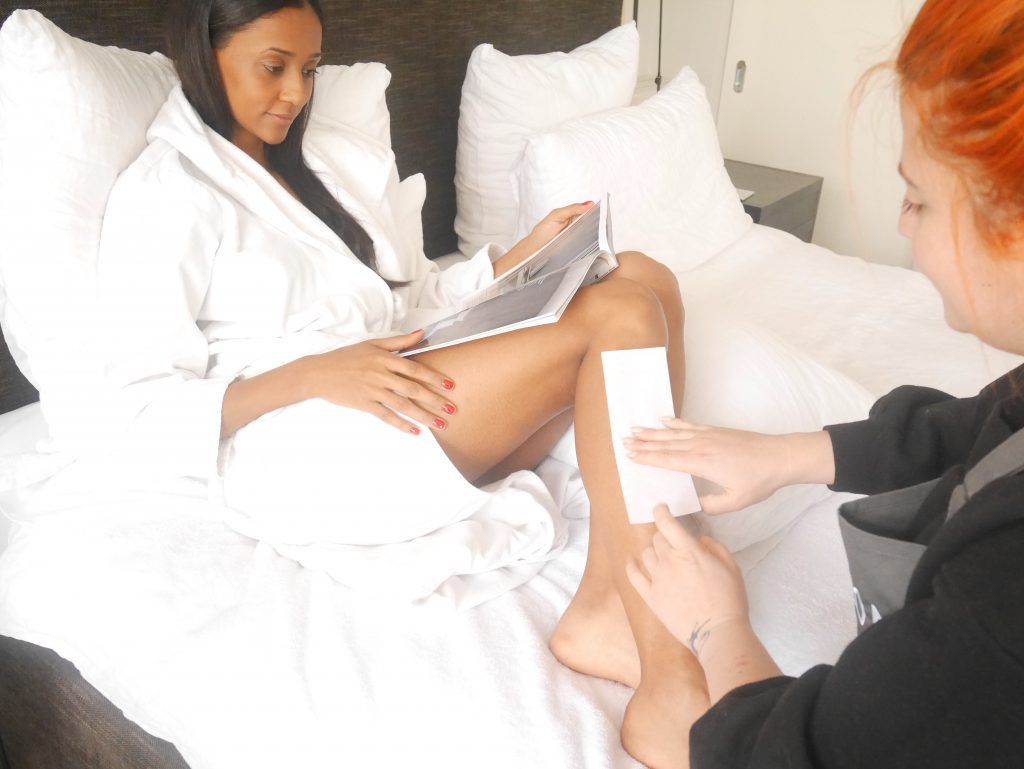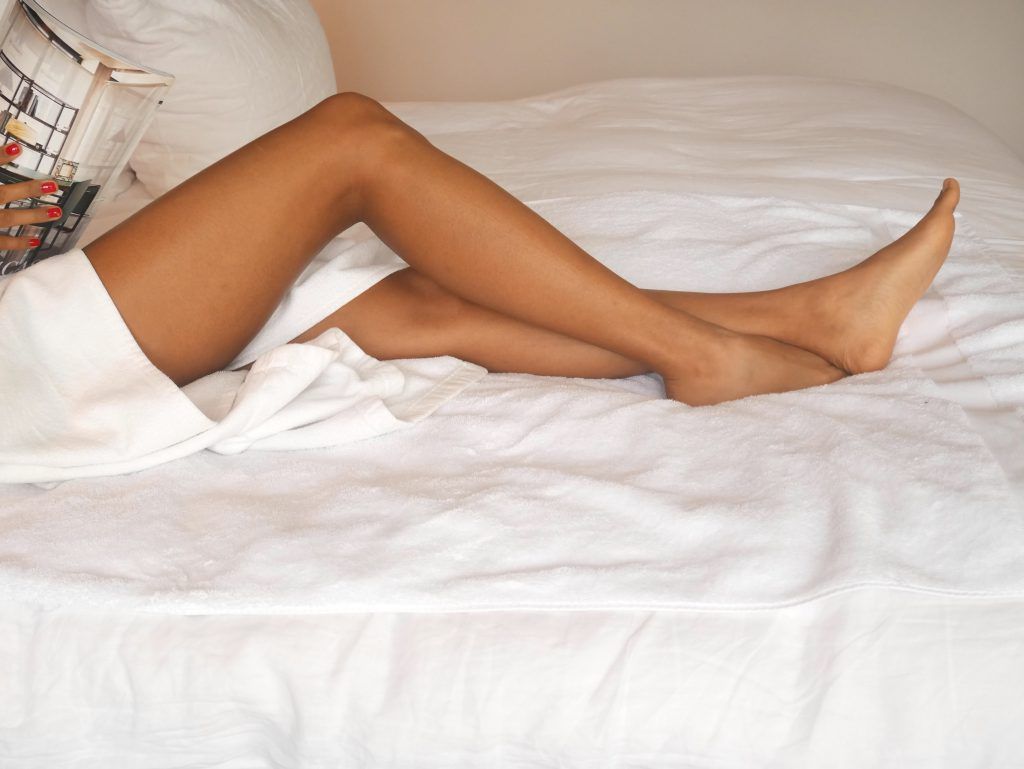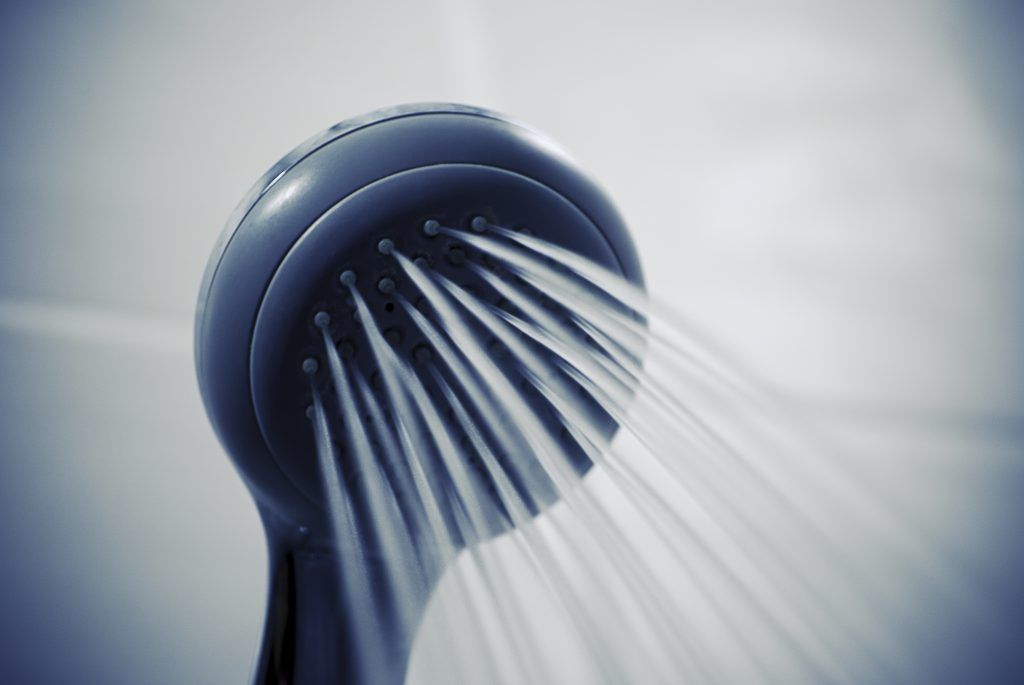LeSalon’s body waxing basics for the first time waxer
By Kate Dooley, August 3 2020

Waxing. The word alone can be pretty intimidating, so it’s no surprise that lots of people find this method of hair removal slightly daunting. Fortunately, it doesn’t have to be a scary experience at all; not once you’re armed with all the facts! To bring you up to speed and ensure your future treatments go as smoothly as possible, we’ve compiled a complete beginner’s guide to body waxing. Our guide covers everything, from the technical bits to the pros and cons, as well as advice on how to prepare for a treatment.
What exactly is waxing?
Waxing is a semi-permanent method of hair removal that works by pulling the hair out from the root.
When you go for a professional waxing treatment the therapist will usually begin by heating up the wax, then using a spatula to spread it across the desired area for removal. Next, they will either leave the wax to cool before peeling it off or press a fabric strip down on top of the wax (depending on the area). At this point, the wax sticks to the hairs and is ripped away from the follicles in the opposite direction to hair growth. This usually prevents the hair from growing back for around 2-8 weeks, though it can be sooner than this depending on your individual hair growth cycle.

Why should I wax my body?
Thinner hair
The beauty of waxing over most other hair removal methods is that hair grows back finer, and sometimes not at all after long term treatments. Waxing damages the hair bulb at the root, so it reduces the volume of regrowth which is good news if you’re after less visible body hair.
Long lasting results
Unlike alternative methods such as shaving and using hair removal cream, the results you get with waxing can last for weeks. It varies from person to person but it can take up to 8 weeks for regrowth to appear which is ideal if you’re jetting off on holiday or even going travelling for a few months. After all, nobody wants to be thinking about hair removal all the time when there’s fun to be had.
Works on larger areas
Waxing is great for body parts with a larger surface area like the legs and back. It’s arguably the fastest and most convenient way to remove unwanted hair from such areas, particularly when compared to a time-consuming technique like shaving.
Smoother skin
Not only do the results last longer with waxing, they also leave the skin in better condition. Since the process of waxing also exfoliates the body by removing any dead skin cell build up, it naturally leaves you with smoother skin. Additionally, the lack of stubble you have following a wax just enhances this smoothness.
No skin damage
Quite often with shaving you may nick yourself with the razor or develop a rash caused by skin irritation. Similarly, the chemicals in hair removal cream can be too harsh which can have a drying effect on the skin, particularly if it’s sensitive. However, waxing is relatively safe for use on the skin in comparison.
What areas of my body can I get waxed?
Legs
This is a part of the body that people frequently get waxed. At a salon, a professional would normally use strip wax as opposed to hot wax on the lower and upper legs as it has a thinner consistency so can be used on larger, less sensitive parts of the body. Strip wax is commonly used on the forearms and back for the same reasons and is generally the fastest type of waxing.

Bikini Line
In contrast, hot wax is used on more sensitive areas like the bikini line because it is thought to be more effective at removing coarse hair than strip wax. It is also provides more hydration than other types of wax and is generally more gentle on the area.
The purpose of a bikini line wax is to tidy up the hair around the panty line; variations of this type of wax include the brazilian and hollywood. During a brazilian wax the therapist will remove the majority of hair around the pubic area leaving just a thin section of hair at the front, often referred to as a “landing strip’. With a hollywood wax all hair is removed from the area entirely.
Understandably, many women feel nervous about going for an intimate treatment like this but a good therapist will make you feel at ease immediately. You’ll be provided with paper underwear to protect your modesty and the wax should last around 30-45 minutes in total.
Underarms
Lots of women find shaving their underarms every day a bit of a pain so decide to wax them instead. Doing it yourself is an option but things can get a bit messy, particularly if you’re new to it. If you opt for a salon treatment, the procedure is usually very fast and you probably won’t need another wax for 2-4 weeks.
Similarly to a bikini line treatment the professional will use hot wax on the hair, working on small areas at a time.

There MUST be side effects. How do I treat them?
As with most beauty treatments waxing doesn’t come without its side effects, but for the most part they tend to be minimal.
These are the most common side effects:
Redness/Irritation
It’s not uncommon for those with sensitive skin to experience a bit of redness or skin irritation after their first few waxing treatments. The pulling motion of waxing can result in slight swelling of the skin but this can be treated with some cooling aloe vera gel or a cold compress.
Rashes/Bleeding
You may find that your skin is sore or bruised after a treatment, there may even be some bleeding. If you’re prone to skin irritation and you’ve had a sensitive body part waxed then you might experience such symptoms. Again, the most effective way to treat these side effects is to keep the area clean, apply a cooling gel or compress and wear loose clothing.
Allergic reaction
In rare cases, some people find that the wax causes an allergic reaction when it comes into contact with their skin. If you experience severe skin irritation that appears to be worsening or causing pain, contact your GP immediately.
Burns
Again, this is uncommon but sometimes the wax used on the skin is too hot and may cause burns to the area. This can cause permanent discolouration and scarring so if you experience burns you should seek medical attention immediately. To prevent this from happening, a professional should test the temperature of the wax on a small area of skin first.
If you do experience any of these side effects and the symptoms don’t subside after 48 hours then it may be advisable to consult your GP.
Preparation tips:
- Ensure that the area is clean before heading to the salon (a shower a few hours ahead of the treatment should suffice)
- Make sure the hair is at the right length before a wax (about ¼ of an inch for finer hair and ½ of an inch for coarser hair)
- If you have sensitive skin, get a patch test at least 24 hours before your treatment.
- Avoid the sun 24 hours before your wax as this can cause sensitivity
- Make sure the wax is at a safe temperature by testing a small area first
- Avoid waxing sore or cut skin

Aftercare
In order to get the most out of your treatment and to avoid any side effects, the experts recommend that you follow a few guidelines after your waxing procedure.
What not to do
Avoid the following for 24 hours post-treatment:
- Hot showers and baths (use lukewarm water only)
- Steam rooms or saunas
- Sun beds or sunbathing
- Exercise
- Wearing tight clothing
- Touching the area too much
- Going swimming
- Applying deodorants or body sprays to the area
What to do
A great way to soothe skin that has just been waxed is to apply antiseptic cream to the area for a few days afterwards. This will also protect it from infection. It’s also recommended that you keep the skin moisturised after a bath or shower until your next waxing treatment.
If you want to keep ingrown hairs at bay, it’s a good idea to exfoliate a couple of times a week with a dry brush just before a shower or bath. Give the area a few days to heal until you do this though as it can aggravate sore skin.
It’s important to remember that it can take 4 treatments to achieve optimum results due to varying hair growth cycles. For this reason you may notice a small amount of regrowth about a week after your first few treatments but avoid shaving the area between appointments as this will interfere with the cycle.
And last but not least, experts recommend going for a wax every 4-6 weeks for best results!
Whether you’re planning to give it a go yourself or try out a salon, we hope we’ve put all of your waxing worries to rest! Fancy combining an at-home treatment with a professional waxing service? Look no further than LeSalon. Check out our services here.
If you found this interesting, check out our guide to facial waxing. For more insights and inspiration take a look at our blog.




